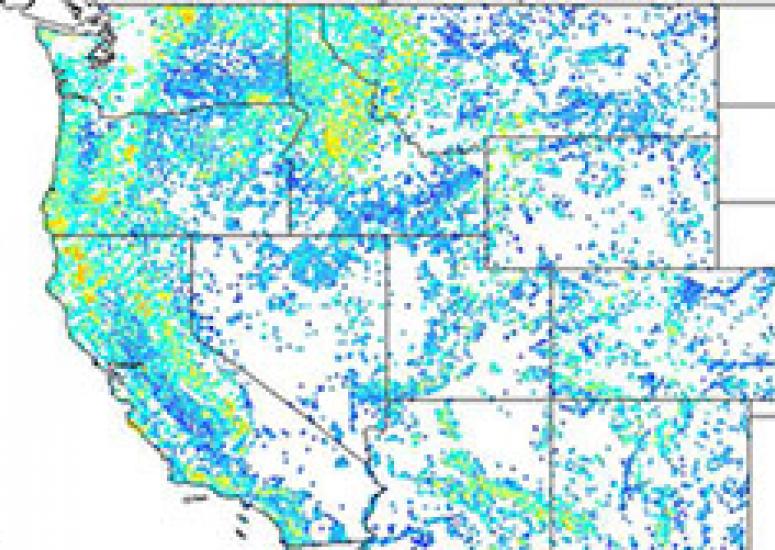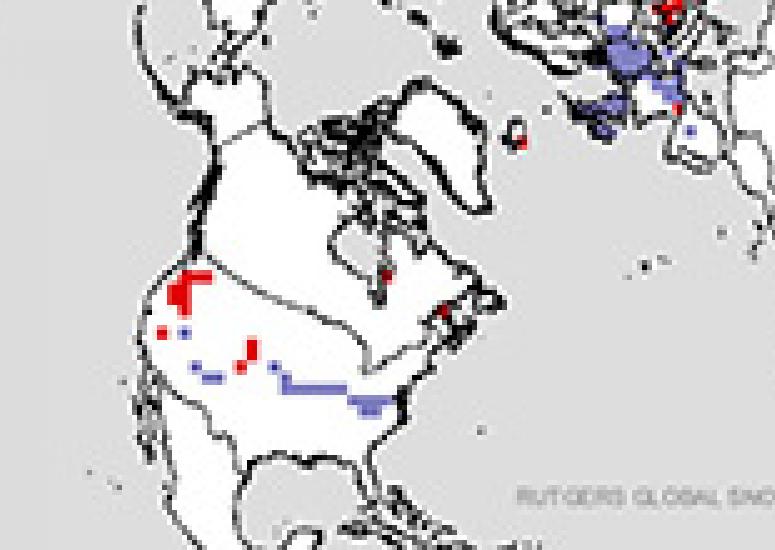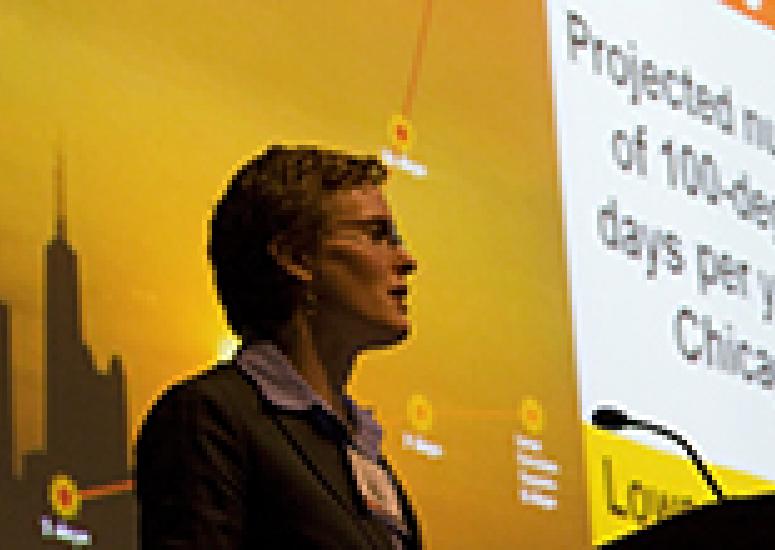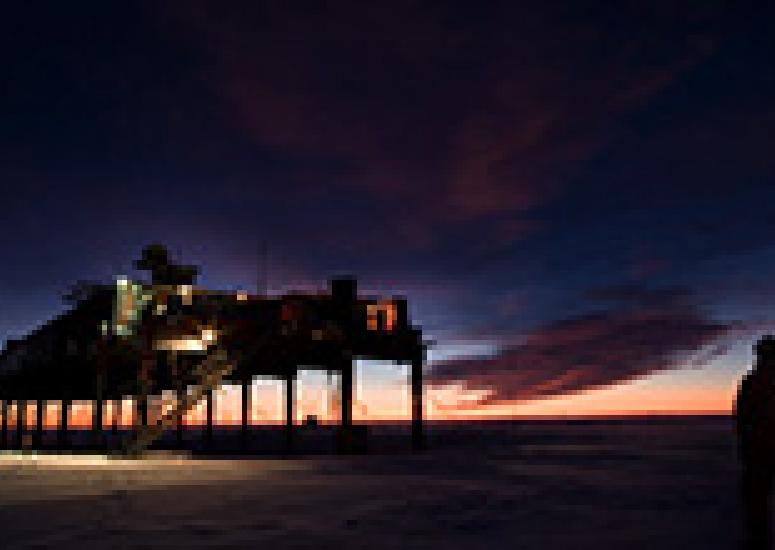-

Prescribed burns may help reduce U.S. carbon footprint
A new study finds that prescribed burns may release substantially less carbon dioxide than wildfires of the same size.
- Climate
-
The hydrologic link between land use changes and climate
A new study led by NCAR scientist Peter Lawrence has found that impacts to Earth's hydrological cycle are the most important driving force in how land use changes affect climate.
- Climate
-

Putting the U.S. cold snap in context
Even if the onslaught paled next to great winter outbreaks of the past, it was impressively persistent across some influential areas, including southeast England and the U.S. mid-Atlantic.
- Climate
-

City by city
Years before Congress began debating greenhouse-gas reduction, more than 500 U.S. cities had pledged to reduce their carbon footprints in line with the goals of the Kyoto Protocol. Now American cities are leading the way on adapting to climate change.
- Climate
-

Ozone past and future
A growing body of research now confirms that the Montreal agreement averted at least one catastrophic form of climate change, even if others still loom. "The Montreal Protocol is a major success story," says William Randel.
- Climate,
- Air Quality

